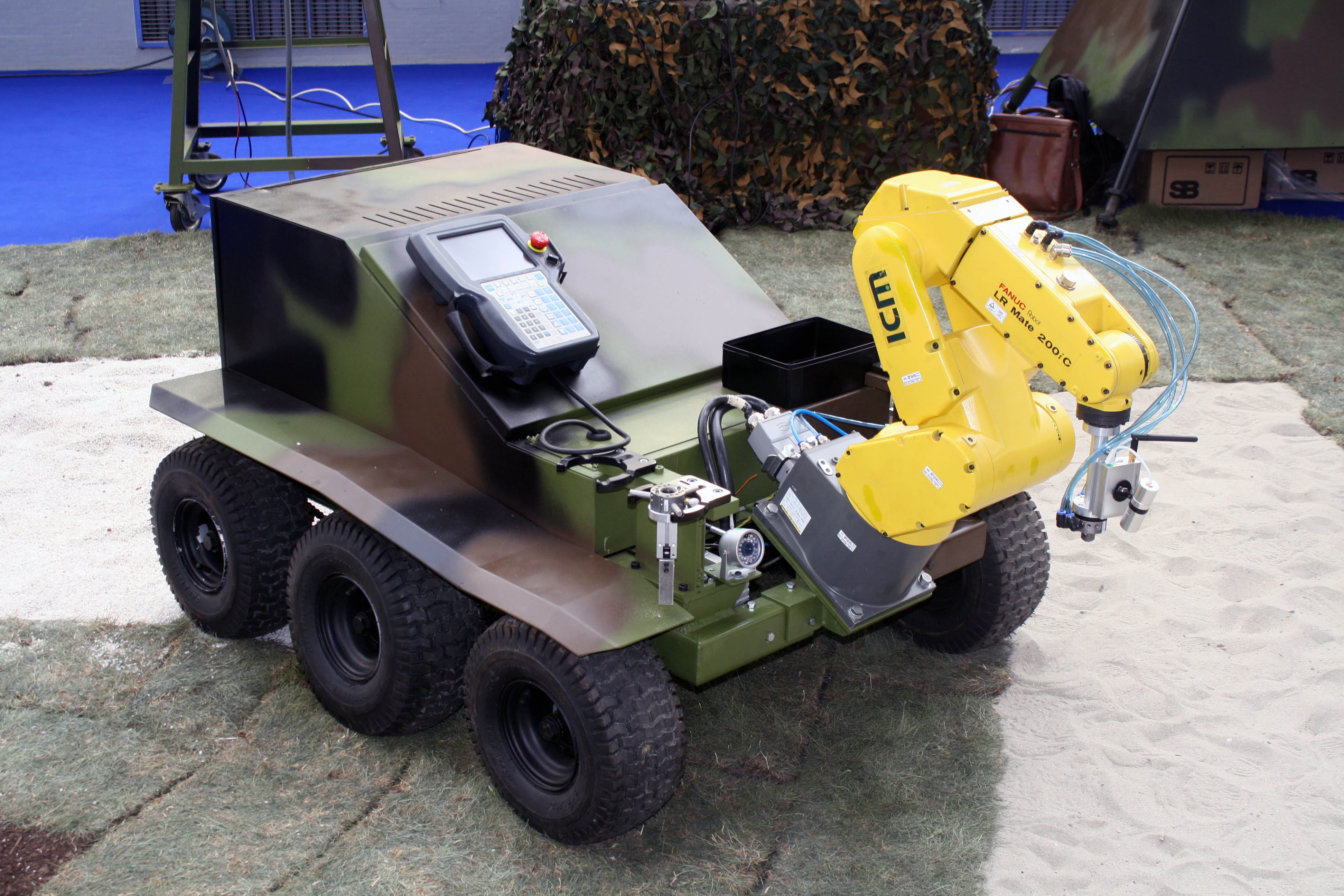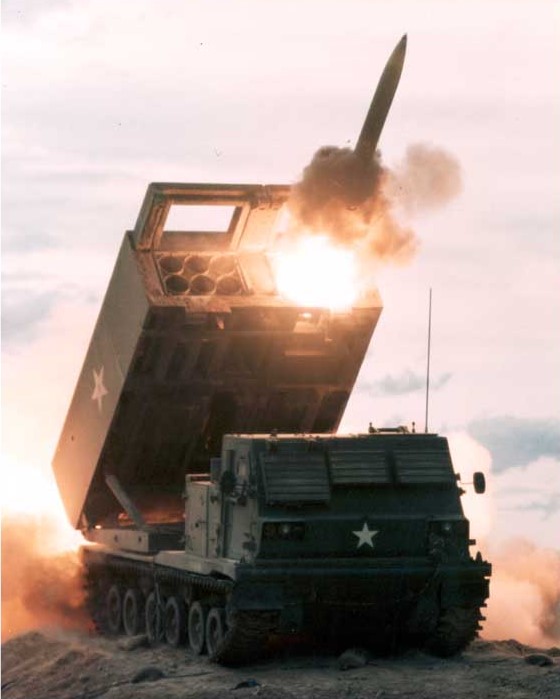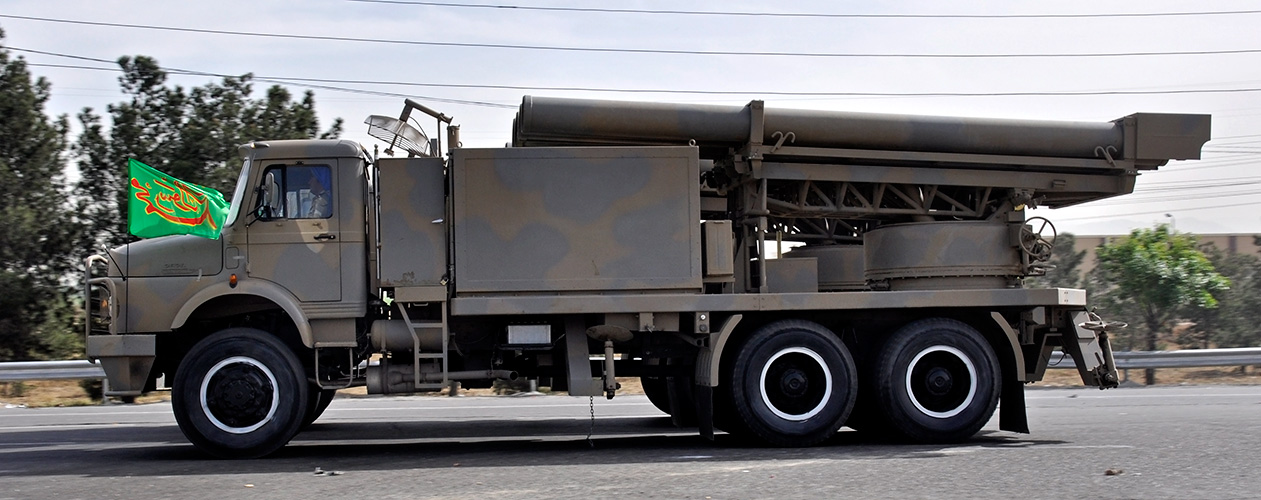|
LRSVM Morava
The LRSVM Morava ( sr, Лансер Ракета Самоходни Вишецевни Модуларни (ЛРСВМ) Морава, Lanser Raketa Samohodni Višecevni Modularni (LRSVM) Morava) is a modular, multi-calibre, multi-pod self-propelled multiple rocket launcher designed and developed by the Serbian Military Technical Institute. The system is designed to offer subsystem modularity, enabling integration with wheeled or tracked platforms to fire unguided rockets of various calibres to engage targets at ranges between 8 km and 40 km. As of 2019, the Morava is in service with Serbian Armed Forces on a FAP 1118 4x4 cross-country truck and with the United Arab Emirates (UAE) on a Nimr 6×6 chassis. Development Development of the LRSVM Morava began in early 2010, and was displayed for the first time at the Partner 2011 military exhibition in Belgrade. The development of the project aimed to create a single platform able to mount various existing rockets of differe ... [...More Info...] [...Related Items...] OR: [Wikipedia] [Google] [Baidu] |
M-77 Oganj
The M-77 Oganj is a 128mm self-propelled multiple rocket launcher developed in the former Yugoslavia. NATO designation is the YMRL-32. Development Development started in 1968. Professor Obrad Vučurović, mechanical Engineer and Chief Operating Officer of the Artillery department of Military Technical Institute, developed and managed construction and production of the M-77 Oganj. The 6 pre-serial production version, based on a FAP 2220 6x6 truck, was shown to the public for the first time in 1975. Serial production started two years later. The M-77 is mounted on FAP 2026 BDS/A 6x6 truck bed. The rocket system is placed on the back of the platform with 32 128mm launch tubes capable of reaching targets 20,600 metres away. The crew consists of five men. In 1994 Serbia developed new version called Oganj C with designation M-94. Oganj C (M-94) could fire two type of rockets M91 (cluster-type warhead with 40 submunition grenades) and M77 (HE warhead). Other feature was design that it ... [...More Info...] [...Related Items...] OR: [Wikipedia] [Google] [Baidu] |
Libyan National Army
The Libyan National Army (LNA; ar, الجيش الوطني الليبي, ''al-jaysh al-waṭaniyy al-Lībii'') is a component of Libya's military forces which were nominally a unified national force under the command of Field Marshal Khalifa Haftar when he was nominated to the role on 2 March 2015 by the House of Representatives, consisting at the time of a ground force, an air force and a navy. In 2014, LNA launched Operation Dignity, a military campaign against the General National Congress and armed militias and Islamist militant organizations. When the internationally recognised Government of National Accord (GNA) was established in Tripoli, part of the Libyan military forces were named the Libyan Army to contrast with the other part that retained the LNA identity. In the ongoing Civil War, the LNA is loyal to that part of the Libyan House of Representatives that meets in Tobruk, internationally recognised until October 2015. It fights against the Shura Council of Benghazi ... [...More Info...] [...Related Items...] OR: [Wikipedia] [Google] [Baidu] |
Multiple Rocket Launchers
A multiple rocket launcher (MRL) or multiple launch rocket system (MLRS) is a type of rocket artillery system that contains multiple launchers which are fixed to a single platform, and shoots its rocket ordnance in a fashion similar to a volley gun. Rockets are self-propelled in flight and have different capabilities than conventional artillery shells, such as longer effective range, lower recoil, typically considerably higher payload than a similarly sized gun artillery platform, or even carrying multiple warheads. Unguided rocket artillery is notoriously inaccurate and slow to reload compared to gun artillery. A multiple rocket launcher helps compensate for this with its ability to launch multiple rockets in rapid succession, which, coupled with the large kill zone of each warhead, can easily deliver saturation fire over a target area. However, modern rockets can use GPS or inertial guidance to combine the advantages of rockets with the higher accuracy of precision-guided mu ... [...More Info...] [...Related Items...] OR: [Wikipedia] [Google] [Baidu] |
Military Technical Institute Belgrade
Military Technical Institute ( sr, Војнотехнички институт, Vojnotehnički institut; abbr. ) is a Serbian weapons and aircraft design institute, headquartered in Belgrade, and governed by the Serbian Ministry of Defence. It is a top-level military scientific research institution in Serbia, dealing with research and development (R&D) of new weaponry and military equipment as well as with upgrade of the inventory for both branches of the Serbian Armed Forces: Army (including River Flotilla) and Air Force and Defence. Institute history After the World War II, Federal People's Republic of Yugoslavia had a need to independently develop military technology and reduce dependence from foreign supply with given political situation of that time and future political course. By a decision of the Secretary of Defense and a proclamation by the Yugoslav president Josip Broz Tito, VTI was founded in 1948 as the Military Technical Institute of the Land Forces ( sr-Latn, Vojn ... [...More Info...] [...Related Items...] OR: [Wikipedia] [Google] [Baidu] |
Self-propelled Artillery Of Serbia , a model for studying the motion of swarms
{{Disambiguation ...
Self-propelled may refer to * Human-powered transport, humans moving themselves (and their cargo) via their own muscle energy * Machines that power their own movement: ** Automobile (from ''auto-'' + ''mobile'', "self-moving") ** Locomotive (from ''loco-'' + ''motive'', "moving from its current place") ** Multiple units, self-propelled train carriages ** Self-propelled artillery *** Self-propelled gun *** Self-propelled anti-aircraft weapon *** Tank destroyer, a self-propelled anti-tank gun *** Mortar carrier, a self-propelled mortar ** Self-propelled modular transporter ** Leonardo's self-propelled cart ** Self-propelled barge T-36 * Self-propelled particles Self-propelled particles (SPP), also referred to as self-driven particles, are terms used by physicists to describe autonomous agents, which convert energy from the environment into directed or persistent motion. Natural systems which have insp ... [...More Info...] [...Related Items...] OR: [Wikipedia] [Google] [Baidu] |
Rocket Artillery
Rocket artillery is artillery that uses rocket explosives as the projectile. The use of rocket artillery dates back to medieval China where devices such as fire arrows were used (albeit mostly as a psychological weapon). Fire arrows were also used in multiple launch systems and transported via carts. First true rocket artillery was developed in India by the Kingdom of Mysore. In the late nineteenth century, due to improvements in the power and range of conventional artillery, the use of early military rockets declined; they were finally used on a small scale by both sides during the American Civil War. Modern rocket artillery was first employed during World War II, in the form of the German Nebelwerfer family of rocket ordnance designs, Soviet Katyusha-series and numerous other systems employed on a smaller scale by the Western allies and Japan. In modern use, the rockets are often guided by an internal guiding system or GPS in order to maintain accuracy. History Early history ... [...More Info...] [...Related Items...] OR: [Wikipedia] [Google] [Baidu] |
M-87 Orkan
The M-87 Orkan is a Yugoslavian fully automated self-propelled multiple rocket launcher. The generic M-87 project was configured with 12 launch tubes mounted on a FAP 2832 truck. It has a range of about 50 to 120 km, with the ability to deliver warheads, anti-tank and anti-personnel mines. The production of Orkan M-87 ceased in the early 1990s due to break-up of Yugoslavia. History Development started as a joint Yugoslav and Iraqi project under the name of KOL-15 with professor Obrad Vučurović as concept designer and chief engineer on project. In early talks with Iraq, Yugoslavia offered two options: *Development of a MRL with 12 barrels and a 50 km range *Development of a MRL with 4 barrels and a 120 km range Iraq chose the first option as did Yugoslavia. At the start of development two prototypes were built: one for Yugoslavia and one for Iraq. In accordance with requests from purchasers rockets were developed with cluster warheads. According to the chief op ... [...More Info...] [...Related Items...] OR: [Wikipedia] [Google] [Baidu] |
Fajr-5
The Fajr-5 (rarely Fadjr-5, fa, فجر-۵, "Dawn") is an Iranian 333 mm long-range multiple launch rocket system (MLRS). The Fajr-5 was developed during the 1990s and has since been exported to various armed actors in the Middle East. The Fajr-5 launcher fires four 6.48 meter long, 333 millimeter-calibre Fajr-5 artillery rockets, with a range of 75 kilometers (50 mi), weighing 915 kilograms each and carrying 175-kg fragmentation warheads with 90 kg of high explosive (HE). Most Fajr-5 rockets are unguided; in 2017 Iran introduced a variant, the Fajr-5C, which adds GPS guidance. The Fajr-5 is primarily used by the Iranian Army Ground Force to attack large, fixed, high-value targets, like airfields and military bases. In addition, the system is also used by militant groups to target Israel. Finally, the system has a niche role in use by the IRGC-N as an unguided anti-ship rocket system for the Persian Gulf. Design MLRS The Fajr-5 artillery rocket system is installe ... [...More Info...] [...Related Items...] OR: [Wikipedia] [Google] [Baidu] |
T-122 Sakarya
The T-122 Sakarya is a Turkish multiple launch rocket system developed by ROKETSAN. Overview As part of the modernization drive undertaken by the Turkish Military in the 1980s and 90s several new rocket systems were developed for the needs of the Turkish army. Prototypes of the system were revealed in 1995 with the first vehicles undertaking trials and evaluation in 1996. Production commenced in 1997. The system consists of two pods of 122-mm launch tubes which are hydraulically traversed and elevated. It is equipped with a state-of-the-art fire control system which calculates firing data automatically for rockets with different warheads and is capable of storing up to 20 target coordinates. The vehicle can fire rockets singly or in salvo, with a full forty rocket launch taking less than 80 seconds and blanketing a target area of 500 m × 500 m. In addition the later versions of the T-122 features an integral hydraulic crane which allows reloading of rockets pods wi ... [...More Info...] [...Related Items...] OR: [Wikipedia] [Google] [Baidu] |
LAR-160
The LAR-160 is a light artillery rocket (hence ''LAR'') with a 160mm calibre, a minimum range of 12 km and a maximum range of 45 km, from a multiple rocket launcher. Each standard launcher holds two 13 rocket Launch Pod Containers (LPC's) for truck or trailer mounting, 18 rocket LPC's for medium armored vehicle's (AMX-13, TAM) and 26 rocket LPC's for mounting on a MBT chassis. A light version is also manufactured which can be carried by helicopters and towed behind vehicles such as a Humvee, HMMWV. Development The LAR-160 was designed in the late 1970s by Israel Military Industries, it was adopted by the Israel Defense Forces, Israeli Defense Forces in 1983. Armament The LAR-160s rocket has undergone continuous development and has resulted in the Mk. I, Mk. II and Mk.IV rockets. Mk. I Rocket The Mk. I rocket is 3.4 m long and has a diameter of 160 mm fueled by solid propellant. The Mk. I is 100 kg and has a 40 kg HE-COFRAM (High Explosive-Controlled Frag ... [...More Info...] [...Related Items...] OR: [Wikipedia] [Google] [Baidu] |
9A52-4 Tornado
The Tornado is a family of related multiple rocket launchers developed by NPO Splav for the Russian Ground Forces. Variants of the system, which include the Tornado-G and Tornado-S models, have different capabilities and different battlefield roles. Variants The 9A52-4 Tornado system is a lightweight rocket launcher. There are two other systems. A modular MLRS based on the MZKT-79306 truck, which can carry two BM-27 Uragan or BM-30 Smerch launcher modules, and one based on the Kamaz 6×6 truck. The "Tornado-G" system is an upgrade package for the existing BM-21 Grad. The Russian government ordered 36 new "Tornado-G" based on the Kamaz 6x6 chassis, instead of the old systems based on the Ural-4320 truck. Systems in the Tornado family: * 9A53-G Tornado (2 × 15; 1×40 122 mm Upgraded BM-21 Grad Multiple Rocket Launcher Module, based on a Kamaz Truck or on a Ural-4320). * 9A53-S Tornado (2 × 6; 2×4 300 mm Upgraded BM-30 Smerch Multiple Rocket Launcher Modules, based on ... [...More Info...] [...Related Items...] OR: [Wikipedia] [Google] [Baidu] |
BM-14
The BM-14 (BM for ''Boyevaya Mashina'', 'combat vehicle'), is a Soviet-made 140mm multiple launch rocket system (MLRS), normally mounted on a truck. The BM-14 can fire 140 mm M-14 rockets with a high-explosive fragmentation warhead, a smoke warhead or a chemical warhead. It is similar to the BM-13 "Katyusha" and was partly replaced in service by the 122 mm BM-21 Grad. Launchers were built in 16 and 17-round variants. The rockets have a maximum range of . The weapon is not accurate as there is no guidance system, but it is extremely effective in saturation fire. Variants * BM-14 (8U32) - 16-round model (two rows of 8), launcher mounted on the ZIS-151 truck. Entered service in 1952. Also known as BM-14-16. ** BM-14M (2B2) - modified model, mounted on the ZIL-157. ** BM-14MM (2B2R) - final upgrade, mounted on the ZIL-131. * BM-14-17 (8U35) - 17-round (8+9 launch tubes) launcher, mounted on the GAZ-63A. Developed in 1959. This launcher was also used on naval vessels, for exampl ... [...More Info...] [...Related Items...] OR: [Wikipedia] [Google] [Baidu] |








